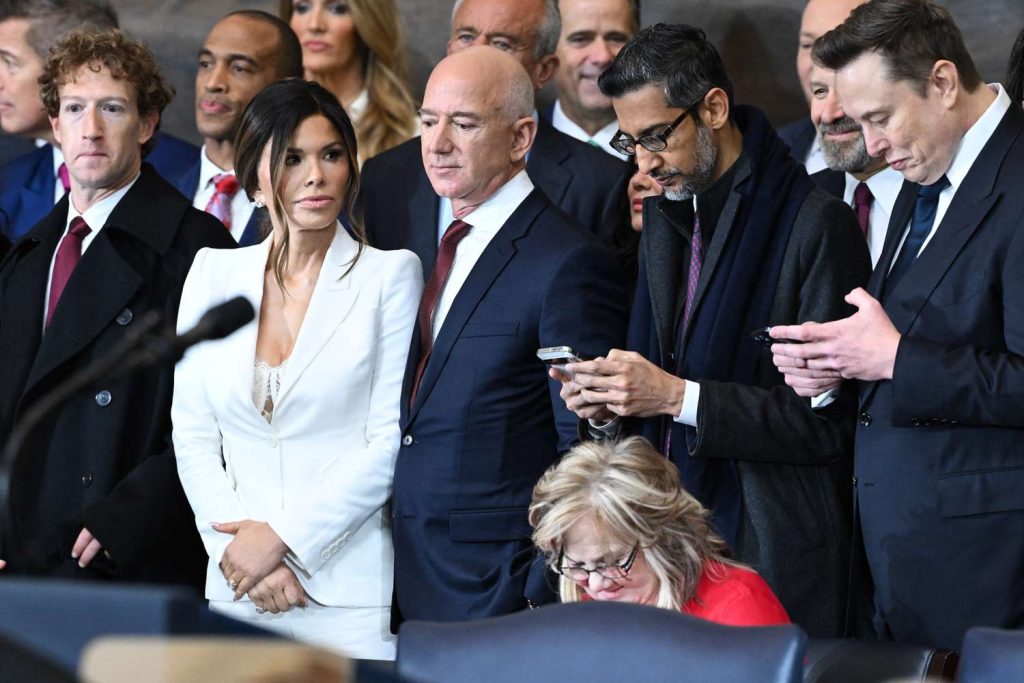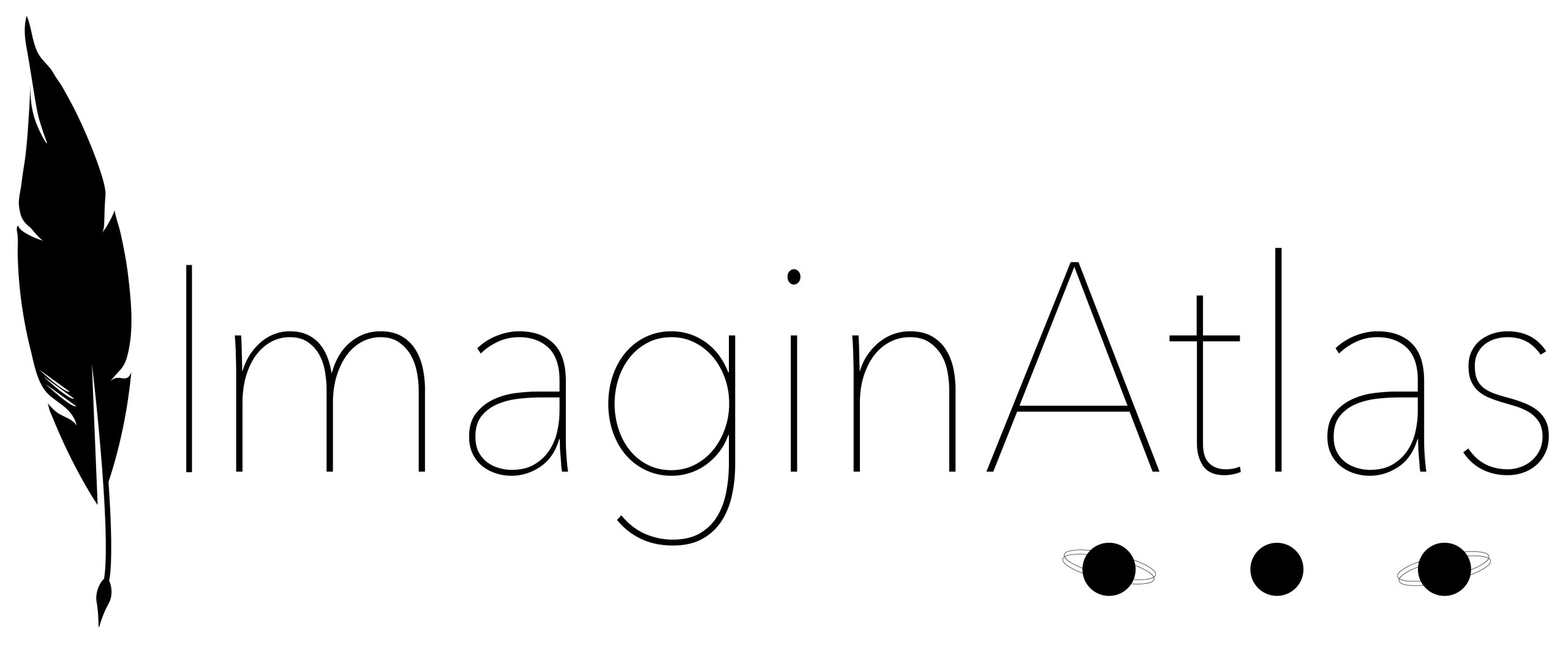Have you noticed how all the superheroes are turning evil lately?
Of course, this is hardly a new development. By the late 2000s, comics had already given us Irredeemable and Planetary, inevitable endpoints of the post-Watchmen grittification of the genre. But lately it seems as if other mediums have caught up as well; with both The Boys and Invincible, Amazon has strangely cornered the market on hero-gone-bad shows. Throughout pop culture, a distrust of the heroic paragons we once looked up to pervades. It’s not hard to see why: superheroes are easy straw men for a hypocritical morality based on imperialism, depredation, and oppression. As we realize more and more that the ‘good old days’ of American global hegemony weren’t all that great if you happened to be under its bootheel, we progressively lose faith in the symbols that propped up the facade.
But hear me out. A new trend is zooming in over the horizon, Kryptonite in hand and death ray at the ready. Supervillains are back. And they’re not even trying to hide it.
What is a supervillain anyway? That’s easy enough. We can all picture the stereotype: mega-rich, unscrupulous, megalomaniacal, commanding an army of minions, afflicted with bizarre obsessions. Does that remind you of anyone who’s been in the news lately? How about that rogues’ gallery in the Capitol Rotunda during Trump’s inauguration? Musk, Bezos, Zuckerberg, Altman, Pichai… Just look at them with their power suits, jacked physiques, and supercilious stares. There’s no mistaking it: these are old-school evil overlords, revelling in the aesthetic they can justly claim and the power they nakedly wield. And the regressive policies they’re busy enacting are already wreaking havoc on a scale the Legion of Doom would envy.

This is not just me doing a class-warrior shtick. The parallels are right there: Zuckerberg owns a giant estate in Hawaii where he’s building a secret bunker and a larger-than-life shrine to his wife that would make Mr. Freeze proud. Meanwhile, Bezos’ resemblance to Lex Luthor has been much commented on; less so his obsession with rockets and inhuman treatment of workers, which push him closer to Bond villain territory. If he could shoot his underlings when they outlive their usefulness, you can bet he would. Altman is openly preparing to channel The Walking Dead’s Governor and run his own authoritarian post-apocalyptic commune when Armageddon inevitably arrives—perhaps caused by his own reckless embrace of AI. Pichai is the most ‘normal’ of the bunch, but he has still overseen the use of Google’s servers to help the IDF target civilians in the West Bank, a somehow even more sinister use of computers for mass surveillance than Jack Kirby’s Brother Eye.
Musk, meanwhile, is in another league entirely. This is a man who wants to colonize Mars and put chips in people’s brains. He also has more money than God and now appears to have taken over the US government, a recurring goal for any respectable supervillain. Yet, just as the Riddler is compelled to lay bare his plans through ridiculously opaque riddles, Elon can’t help but tweet—sometimes hundreds of times a day. Indeed, some suspect he has been radicalized into far-right supervillainy by his own algorithm. That would make him some kind of strangely lame Doctor Octopus, lacking the mechanical arms but making up for it with 215 million followers. Either way, his bad-guy trappings are inescapable: the black MAGA getup, the grandiose poses, the sinister omnipresent ‘X’ branding—oh, and he literally is a Nazi. In terms of red flags for real-life supervillains, that’s really the ne plus ultra.
What’s going on here, then? Is it just a coincidence that these very bad real people just happen to resemble very bad fictional people? Or is there a degree to which these men (funnily enough, they’re all men) are very consciously mining this widely recognizable aesthetic for the respect it commands in their circles? There’s a reason Trump has compared himself to Al Capone and Hannibal Lecter, after all. Everyone knows villains are cool, often cooler than the heroes. They get the best lines, the best gadgets, and—of course—the best costumes. Argentina’s libertarian cosplayer-in-chief Javier Milei understands that last part well, though apparently, he forgot the ‘cool’ part. He’s hardly alone, though, as successful and wannabe authoritarians alike have been flirting with the supervillain look for some time; Putin’s shirtless preening springs to mind. Just as the fascists of the ‘30s deployed mythical and classical imagery to legitimate their movement, so the fascists of today have drawn on that most recent of mythologies: comics. And their legions of adoring fans, themselves steeped in pop culture, lap it up.
This is, of course, supremely ironic, given how the comic book supervillain aesthetic largely grew out of a caricature of fascists in Allied propaganda. Still, it’s worth remembering the antidote to all this that the writers of the time dreamed up: why, superheroes, of course! Let’s not forget that Superman began as a proletarian Depression-era hero beating the tar out of shady businessmen and racketeers, Namor started out attacking industrial society indiscriminately like a speedo-clad Nemo, and Wonder Woman was originally conceived as a kinky crusader against patriarchal oppression. Even Batman, whose old-money WASP-ness is integral to his character, fought an endless assortment of similarly patrician lunatics engaged in unethical get-rich-quick schemes… and the occasional vampire.
These heroes were radical, subversive forces of social change, challenging American society’s complacency as dark powers asserted themselves in Europe—and closer to home. Now, those same powers have made their triumphant return, shamelessly clothing themselves in trappings which make their nature all too clear. It’s telling that, in such times, we have derided them, our most potent cultural symbols of hope, as “hokey” and “old-fashioned”. So here’s an idea: instead of critiquing or subverting superheroes, perhaps the cultural moment calls for their shamelessly optimistic reappraisal. Let’s return the archetype to what it meant almost a hundred years ago when the world likewise faced certain doom—but the day was saved in the end. In fact, we’re already seeing signs of this welcome return. This year promises plenty of unapologetically optimistic and aspirational superheroes on the silver screen, from Marvel’s Fantastic Four: First Steps to DC’s new Superman.This is not to say, of course, that some actors in spandex will solve the many urgent crises that threaten the world. A culture shift towards politics of genuine, radical hope, however, can only be a good thing. It’s that kind of impetus that drives the acts of civil resistance, marches in the streets, and letter-writing campaigns that won us the rights we currently enjoy—and must defend. Now that sounds like a job for Superman.
